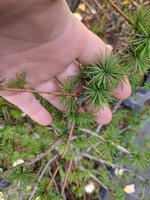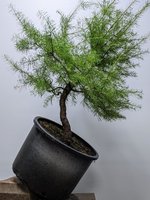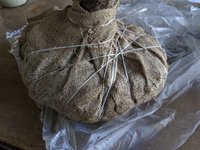andrewiles
Shohin
I dug up several western larches this past weekend after finally getting a permit. First attempt at collecting anything. They were just beginning to show green, but not opened, so I think the timing was OK.
These were collected in Eastern Washington. The soil was extremely sandy and fell apart from the trunk and roots as soon as I lifted a tree. I feel like they are basically being bare rooted, on top of being heavily root pruned from the dig.
Here they are, packaged up
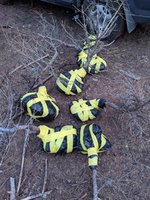
This is the worst one: all soil fell off in transit:
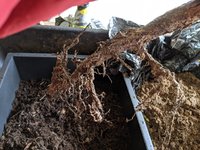
The others were better, but there is still not a lot of root material left. I potted them up in a sandy loam and trimmed the tops to reduce the foliage above the roots, like so:
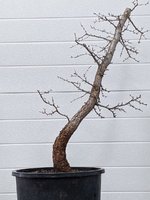
I'm keeping them in dappled shade, and misted. Humidity this time of year is over 60%.
Any other recommendations to maximize the chance of success?
These were collected in Eastern Washington. The soil was extremely sandy and fell apart from the trunk and roots as soon as I lifted a tree. I feel like they are basically being bare rooted, on top of being heavily root pruned from the dig.
Here they are, packaged up

This is the worst one: all soil fell off in transit:

The others were better, but there is still not a lot of root material left. I potted them up in a sandy loam and trimmed the tops to reduce the foliage above the roots, like so:

I'm keeping them in dappled shade, and misted. Humidity this time of year is over 60%.
Any other recommendations to maximize the chance of success?






